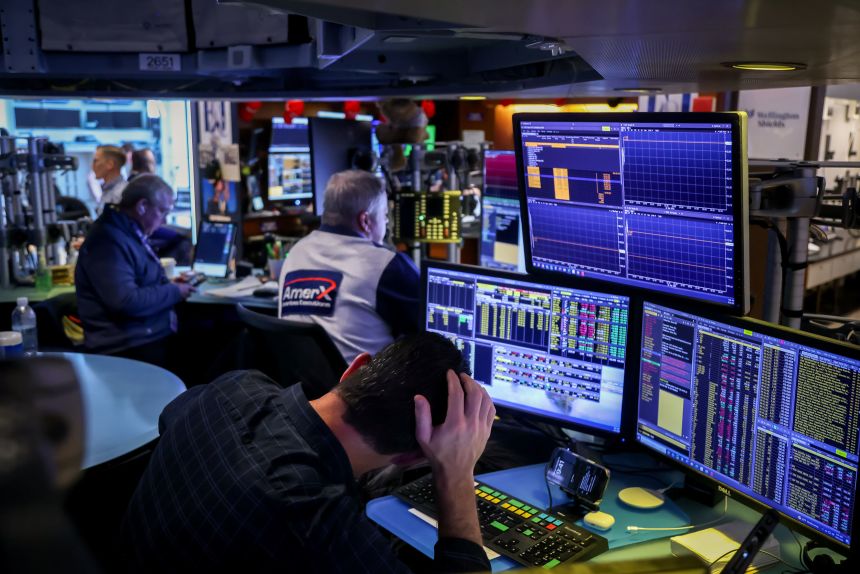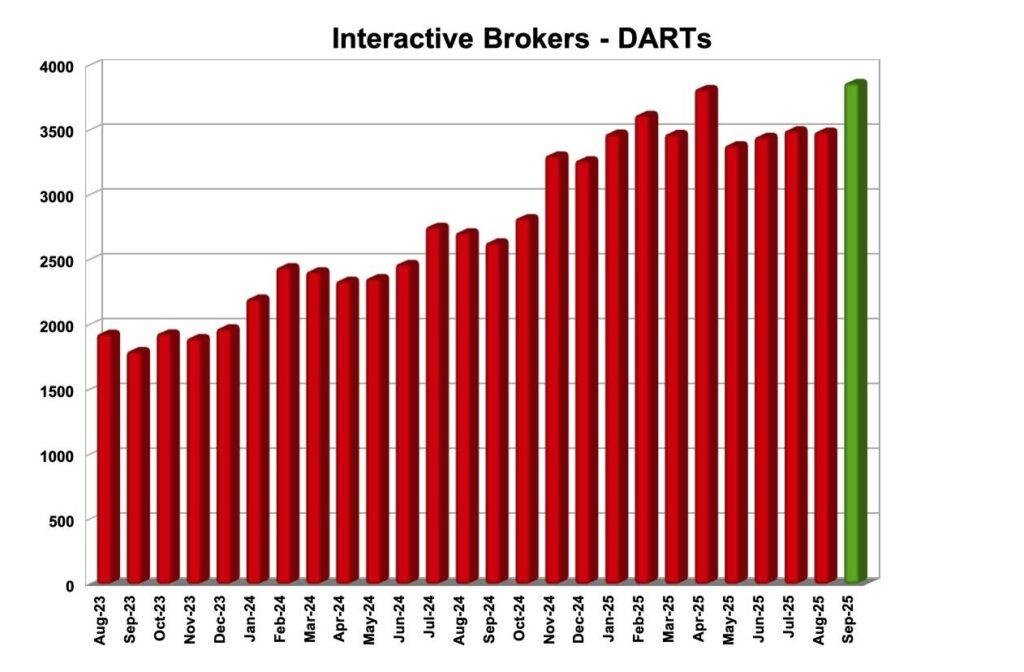New York
—
Government shutdowns can be political earthquakes that paralyze Washington, DC. But for the economy, shutdowns are often barely a blip.
Whatever economic damage occurs during that time tends to be limited and quickly fixed. Even the last government shutdown – the record-long 35-day shutdown in 2018-2019 – had few long-lasting impacts on the US economy and financial markets.
That could very well be the case again this time around, especially if the looming shutdown proves to be brief. Yet there are reasons this episode could be different – and not in a good way.
The US economy in 2025 looks more vulnerable than during past budget fights. The job market is stumbling, and the Trump administration is threatening even more federal layoffs. A government shutdown would just add more chaos and uncertainty, at a time when there is already plenty of both.
Not only are the stakes higher, but a shutdown could also delay the collection and release of some key economic data – including the jobs report and monthly readings on inflation. That could force CEOs, investors and even Federal Reserve officials to fly blind when making key decisions.
“The timing is bad. It’s a little bit more dangerous this time,” said David Kelly, chief global strategist at JPMorgan Asset Management.
The Trump administration amped up that sense of danger by threatening to carry out mass layoffs of federal workers during a shutdown.
Investors and economists normally shrug off the furloughs of nonessential federal employees because they are repaid and return to work when the shutdown inevitably ends.
But the Trump administration is signaling that may not be the case this time. Some say the threat of mass layoffs could be a tactic to pressure Democrats already dismayed by the shrinking federal workforce.

“It seems like posturing. I don’t think they will do that. But President Trump has been willing to take big risks,” said Stephanie Roth, chief economist at Wolfe Research.
Roth notes that few people thought President Donald Trump would really slap 145% tariffs on imports from China – until he did.
Before the shutdown risk this year, Trump officials were eager to hand out pink slips in a quest to dramatically reduce the size of the federal workforce.
Roth said laying off hundreds of thousands of federal workers during a shutdown “would be a really big economic problem” and unsustainable over the medium-term.
Jared Bernstein, a top economic adviser in the Biden White House, was shocked by the mass layoff threat.
“This is just running over innocent bystanders,” Bernstein told CNN in a phone interview. “It’s not only bad economics because you’d be contributing to an already rising unemployment rate, but it’s profoundly unfair. It’s not their fault you can’t keep the lights on.”
Normally, the rule of thumb is that each week of a government shutdown trims about 0.2 percentage points from gross domestic product (GDP) – or economic growth. But those losses are quickly reversed as the government reopens.
However, permanent layoffs in the federal government would raise the risk of more long-lived effects, forcing investors and economists to rethink the damage to the US economy.
Many, especially analysts and investors, will be left in the dark about the health of the US economy if a shutdown impacts the release of major economic reports.
The Bureau of Labor Statistics, already under fire from the Trump administration over the quality of its data, could be forced to delay Friday’s September jobs report if there is a shutdown. The monthly jobs report is always critical, but it has been especially important lately because of cracks in the labor market and sizable revisions to prior months.
The BLS has already faced struggles caused in part by massive swings in the economy, steep budget cuts and low survey response rates.

If a shutdown lasts at least a dozen days, it would likely interrupt the surveys the BLS must conduct to prepare the October jobs report – the one scheduled for release in early November.
“It’s already complicated enough to interpret the labor market data. If we have a period of time where the data isn’t available, those challenges would significantly increase,” Nathan Sheets, global chief economist at Citigroup, told CNN in a phone interview.
The collection of inflation data by the BLS could also get derailed by a government shutdown. This is important as investors and Fed officials are on high alert for evidence that the Trump administration’s tariffs are driving up prices.
Wall Street seems unfazed about the risk of a government shutdown.
US stocks surged on Friday even as the odds of a 2025 government shutdown spiked to over 80% on prediction platform Polymarket.
Market veterans know that shutdowns tend to be minor events for the stock market.
Since 1976, the S&P 500 has averaged no change during government shutdowns, according to Truist Wealth. US stocks even managed to spike by 10% during the government shutdown that began in late 2018.
“Prior government shutdowns have had minimal lasting economic impact. They tend to mimic a hurricane or a snowstorm, delaying most activity and quickly making up for it upon reopening,” Keith Lerner, Truist Wealth’s chief investment officer, wrote in a report.
Bob Elliott, chief investment officer at Unlimited Funds, said in a Substack post on Friday that markets are going by the “same old playbook” where a government shutdown won’t matter to the economy.
“Us macro folks are worriers by constitution, so take this with a grain of salt,” Elliott said, “but there seems to be a risk that this shutdown may be different than what we’ve come to expect.”





